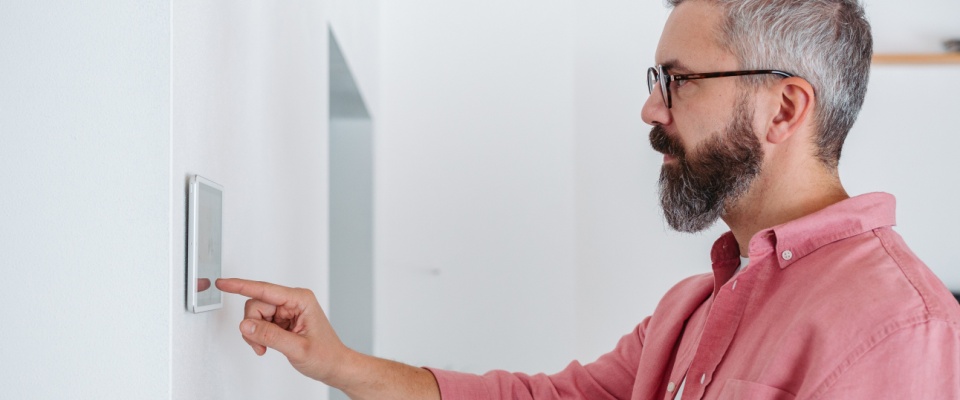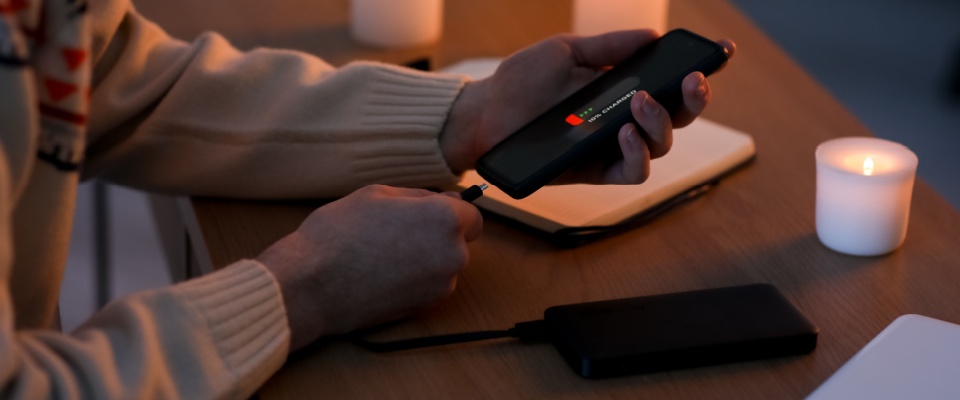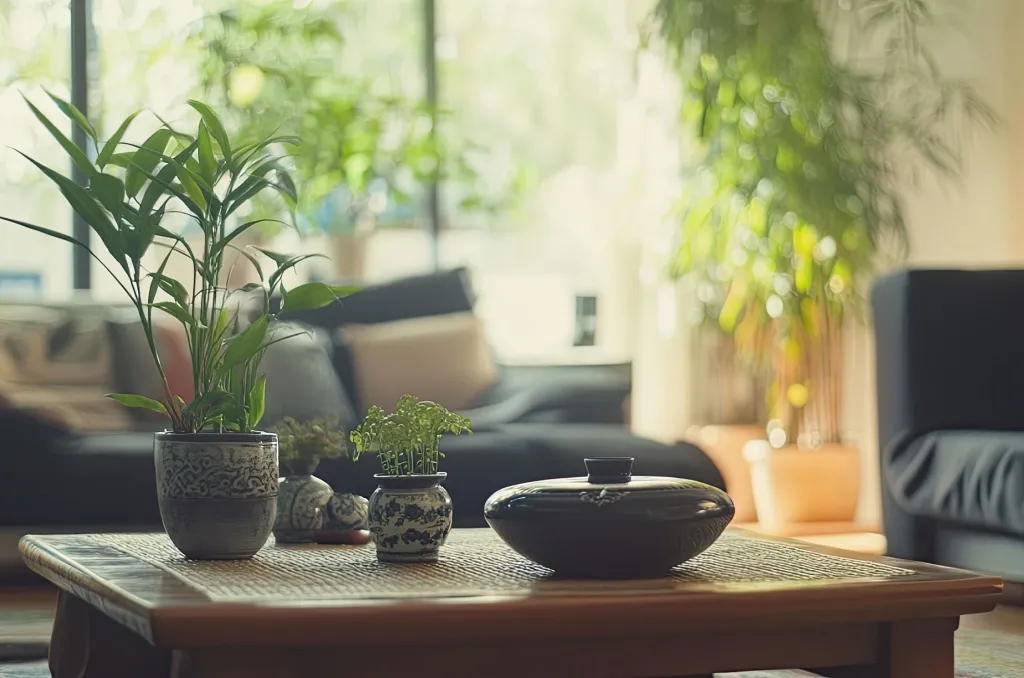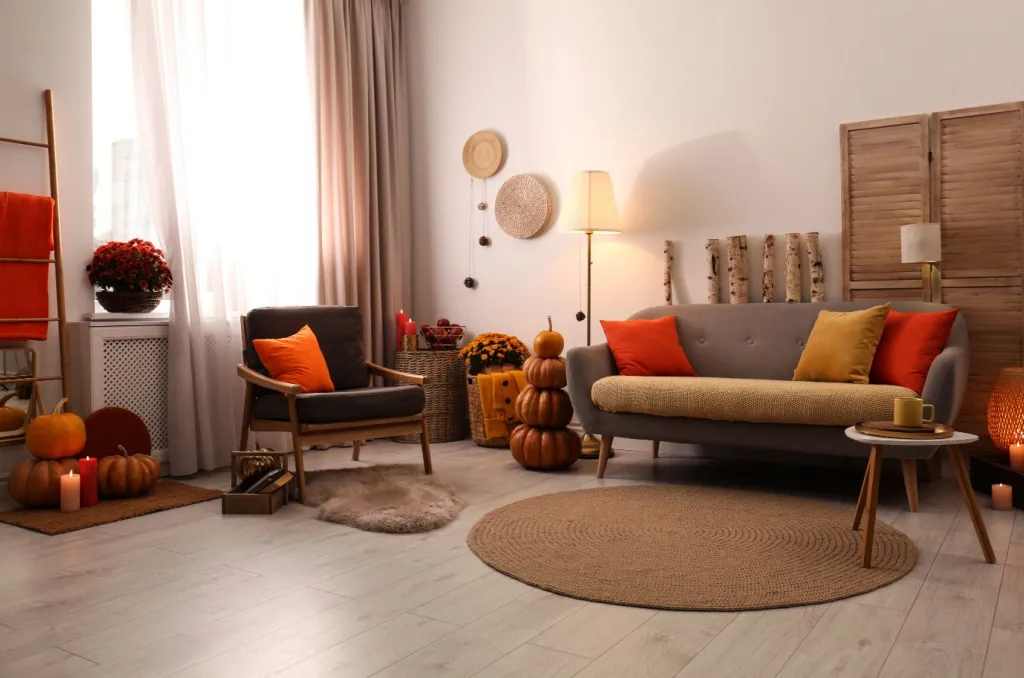One week, you’re enjoying crisp fall weather. The next you’re digging through closets for extra blankets. If you rent an apartment, there are many simple actions that you can take to get your place ready for cold weather.
Learning how to winterize your apartment isn’t just about comfort; it’s also about prevention. Early planning can help you avoid frozen pipes, chilly drafts, and high heating costs later.
Let’s dive into it.
Check for drafts and seal them up
You may already know that one of the easiest ways to keep your apartment cozy is to stop heat from escaping. Drafty windows and doors are common culprits for letting cold air in.
Start with a quick inspection. On a breezy day, run your hand along window frames and door edges. If you feel cool air coming through, grab some weather stripping and draft stoppers. Even a rolled-up towel at the base of a door can make a difference in keeping warm air inside.

If your apartment’s windows feel especially leaky, talk to your landlord about adding window insulation film. It’s inexpensive, easy to install, and can reduce heat loss significantly.
Protect your pipes and plumbing
Frozen pipes are every renter’s winter nightmare. If your water lines freeze, you could lose access to running water or, worse, a burst pipe could cause serious damage to your belongings or the structure of the building.
When temperatures drop, open your cabinet doors under sinks to let warm air circulate around the pipes. If you’re leaving for more than a day or two, leave the heat on low (around 55°F or higher) so the pipes don’t freeze.
If you notice slow drainage or weak water flow, let your landlord know right away. It may be a sign of pipes starting to freeze. It’s also a good idea to know where the building’s main water shut-off valve is located, just in case of an emergency.
Make your heating system work smarter
Your heating system works hardest during the winter, so give it a little help. If your apartment has baseboard heaters or vents, clear away furniture or rugs blocking airflow. Replace or clean filters if your unit has a furnace or wall-mounted heater (check with your landlord first).
If your heat doesn’t seem to be working properly, report it to your landlord or property manager right away.

A smart thermostat can also help regulate your indoor temperature efficiently. Even in the case in which your landlord controls the central heating, you can use space heaters safely in smaller areas. Just remember to keep them at least three feet from anything flammable and never leave them running unattended.
Layer up your lighting and decor
Want your apartment to feel warmer without turning up the heat? Focus on lighting and textiles. Soft lighting, like warm LED bulbs, can instantly make a room feel cozier. Adding thicker curtains helps keep cold air from leaking through windows.
Layer rugs on bare floors to trap heat and reduce noise. Fleece throws, flannel bedding, and draft-blocking curtains can make a noticeable difference. When you winterize your apartment, think about comfort as well as insulation.
Maintain healthy indoor humidity
Cold weather often brings dry indoor air that can irritate your skin, throat, and sinuses. To stay comfortable, aim for indoor humidity around 30% to 50%. A small humidifier works great, but even placing a bowl of water near a heat source can help.
If your windows fog up or you notice damp spots, use your bathroom or kitchen fan to reduce excess moisture. Keeping humidity balanced protects your comfort, air quality, and even your furniture during winter.
Stay ahead of power outages
Winter weather can sometimes mean temporary power loss. Prepare by keeping a small emergency kit in your apartment, including flashlights, extra batteries, bottled water, and some nonperishable food.

If you rely on electric heat, it’s smart to have backup options like extra blankets or battery-powered space heaters (if allowed in your rental). Keep your devices charged and follow updates about potential power outages in your community.
Winterizing your apartment
Taking time to winterize your apartment helps you stay warm, save electricity, and avoid costly issues like frozen pipes or heat loss. The best part? Most winter preparation steps are quick, affordable, and renter-friendly.
So, before the first snow falls, grab that draft stopper, cozy up your space, and make sure your insurance is ready for whatever cold weather brings.
Key takeaways:
- Seal windows and doors to stop drafts and improve heating efficiency.
- Keep pipes warm and report any plumbing issues early.
- Make your heating system work efficiently and safely.




